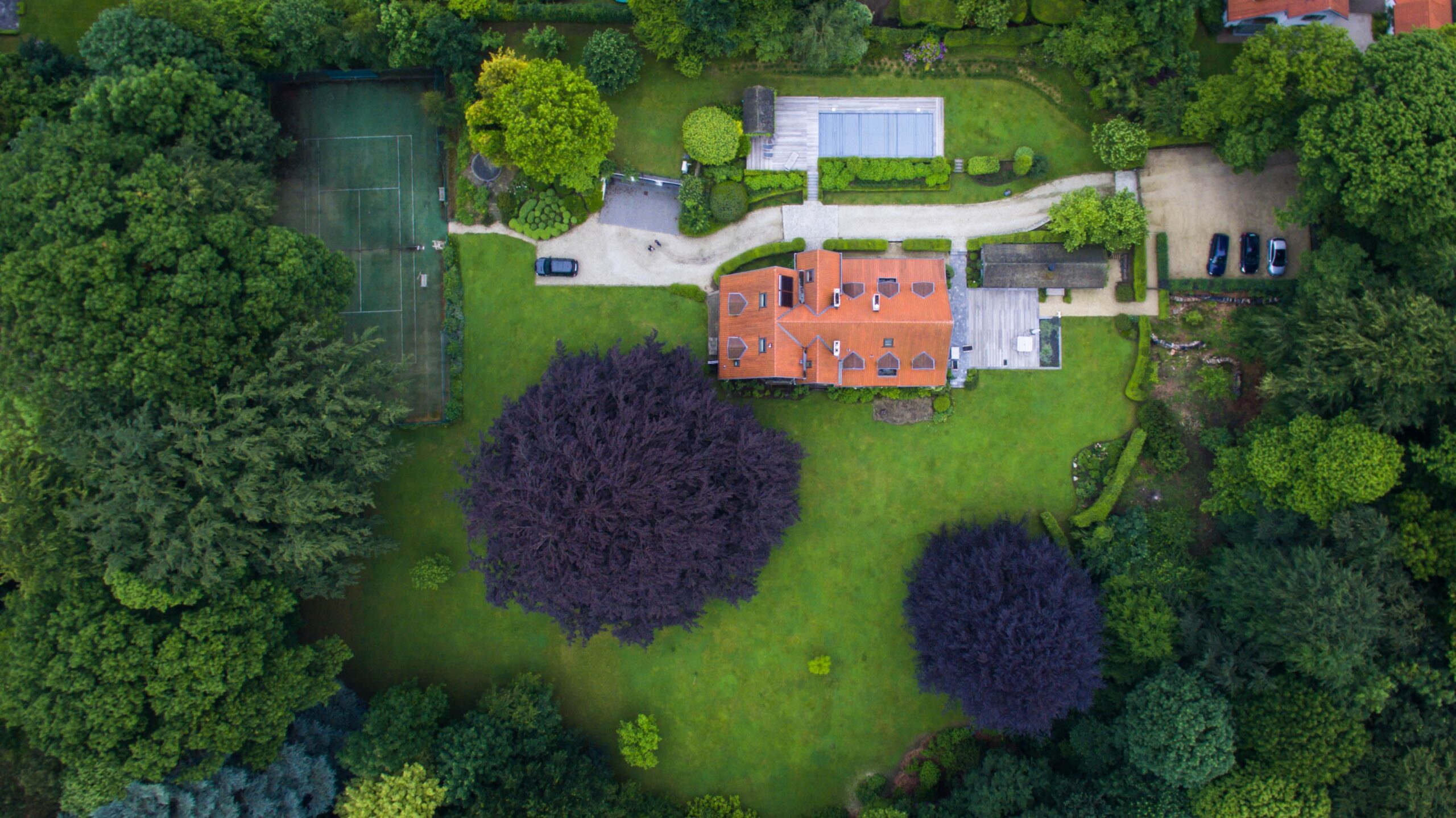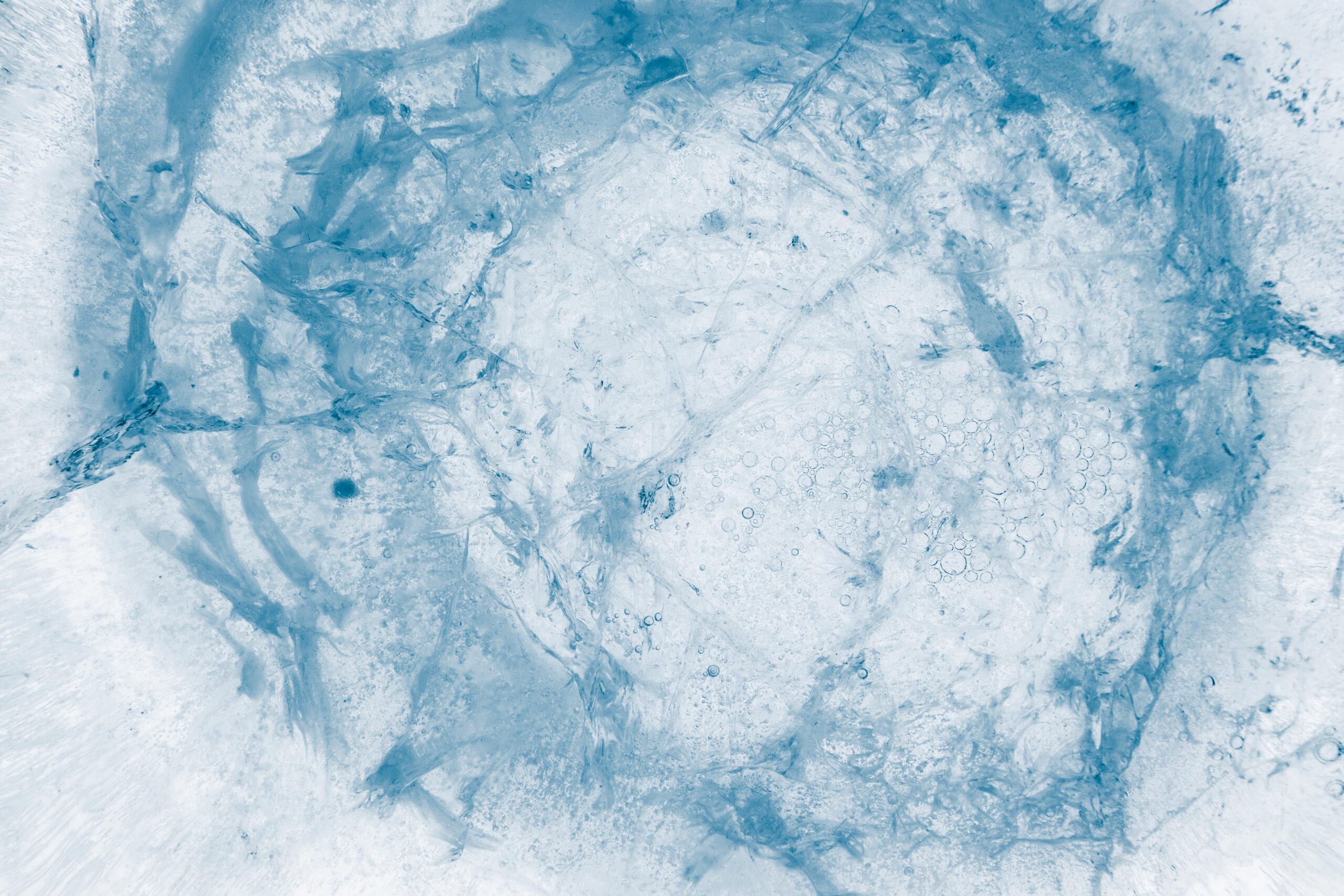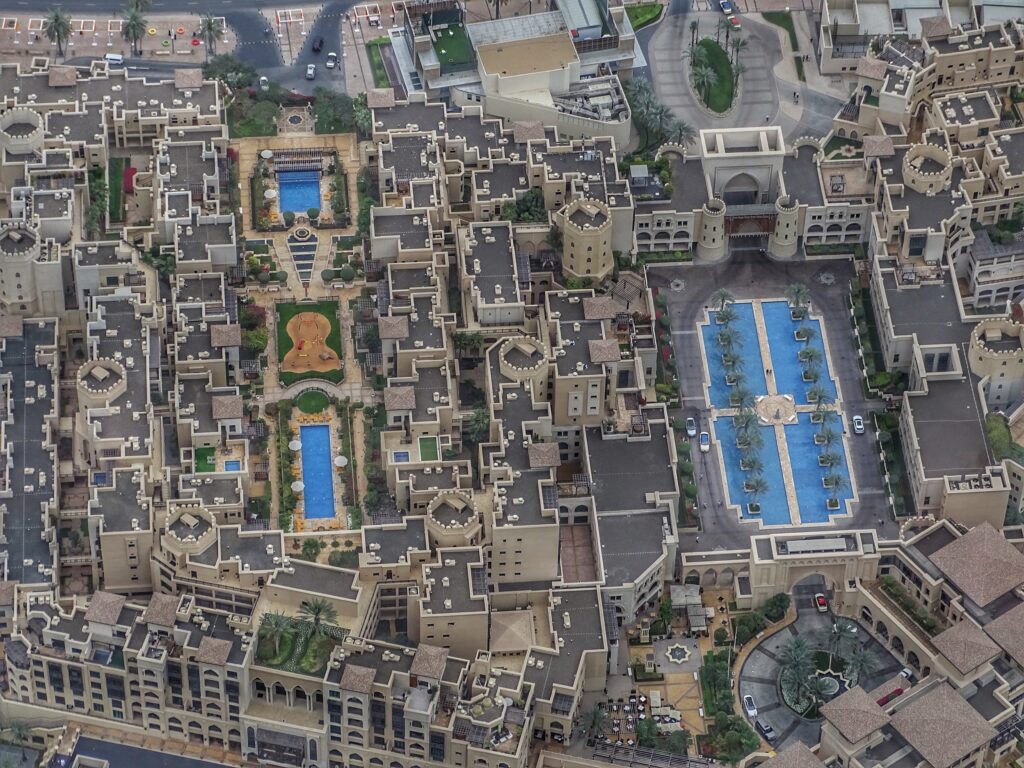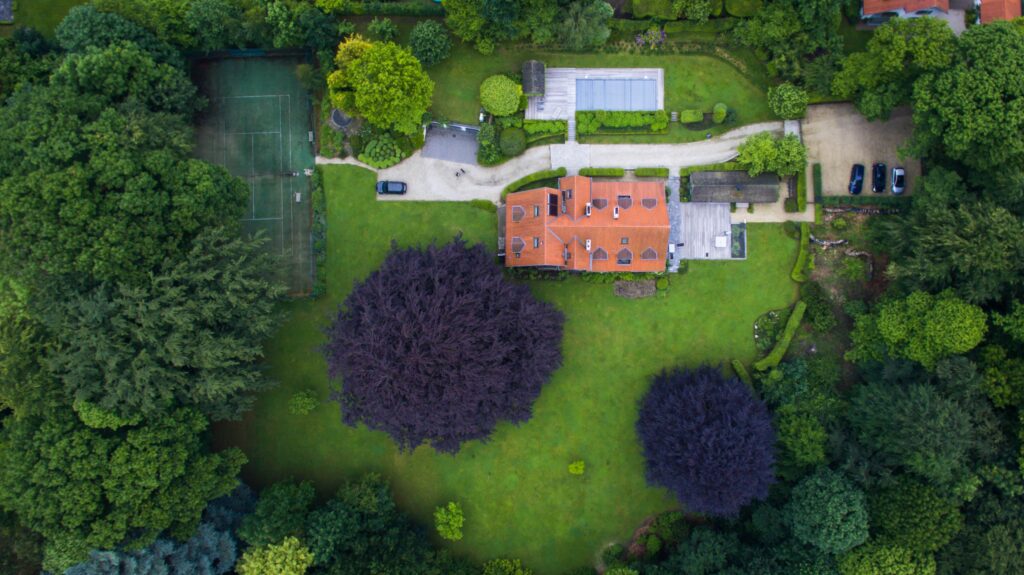Have you ever wondered why anyone would choose to bury an above ground pool? It may seem counterintuitive to bury something designed to be above the ground, but there are actually several reasons why people opt for this unconventional approach. In this article, we will explore the benefits of burying an above ground pool, including increased aesthetics, improved safety, and enhanced durability. Whether you are considering installing a pool or simply curious about this unique concept, read on to discover the advantages of burying an above ground pool.
This image is property of images.unsplash.com.
Benefits of Burying an Above Ground Pool
Enhanced Aesthetics
One of the main benefits of burying an above ground pool is the enhanced aesthetics it brings to your outdoor space. By burying the pool, you eliminate the bulky and unattractive appearance of the pool’s walls and support structure. Instead, the pool becomes a seamless part of your backyard, seamlessly blending in with the surrounding landscape. This can significantly improve the overall visual appeal of your outdoor area, creating a more inviting and harmonious space for you and your family to enjoy.
Increased Safety
Another advantage of burying an above ground pool is the increased safety it provides. Above ground pools can pose a safety risk, especially for young children and pets. By burying the pool, you eliminate the potential for accidental falls into the pool, as the edge of the pool is now level with the surrounding ground. Additionally, burying the pool can discourage unauthorized access, reducing the risk of accidents and ensuring the safety of your loved ones.
Improved Insulation
Burying an above ground pool can also enhance insulation, helping to regulate the water temperature and reduce heat loss. By being underground, the pool is shielded from extreme temperature fluctuations, helping to maintain a more comfortable water temperature. This can extend your swimming season, allowing you to enjoy your pool for a longer period throughout the year. Additionally, improved insulation can also result in energy savings, as less energy is needed to heat the pool water, reducing your environmental impact and saving you money on utility bills.
Mental Health Benefits
In addition to the practical advantages, burying an above ground pool can also offer mental health benefits. The serene and aesthetically pleasing environment created by a buried pool can have a positive impact on your mood and well-being. Being surrounded by nature and a visually appealing outdoor space can help reduce stress, improve focus, and promote relaxation. Whether you’re swimming or simply lounging by the poolside, a buried above ground pool offers a tranquil retreat right in your own backyard.
Preparation and Planning
Measurements and Permits
Before beginning the process of burying an above ground pool, it’s essential to take accurate measurements of the pool and the area where you plan to bury it. This will help determine the size and shape of the pool pit and ensure that it will fit properly. Additionally, it’s crucial to check with your local municipality regarding any permits or regulations that may be required for burying an above ground pool. Compliance with local building codes and regulations is essential to ensure a safe and legal installation.
Excavation and Soil Testing
Once the necessary measurements have been taken, excavation of the pool pit can begin. This involves removing the top layer of soil and creating a hole in the ground where the pool will be buried. It’s important to conduct soil testing to assess the stability and composition of the soil. Certain types of soil, such as clay or silt, may require additional reinforcement to ensure the stability of the pool pit. Soil testing will help determine if any remedial measures need to be taken and ensure the longevity of your buried pool.
Utilities and Drainage
Before burying the pool, it’s essential to consider the placement of utilities and drainage systems. This includes identifying and marking the location of any underground pipes, cables, or utility lines to avoid damaging them during the excavation process. Additionally, proper drainage is crucial to prevent water buildup around the pool area. Ensuring that the pool pit has appropriate drainage systems in place will help mitigate potential water damage and maintain the structural integrity of your buried above ground pool.
Preparing the Pool for Burial
Draining and Detaching
The first step in preparing the pool for burial is draining the water. Using a pump, remove all the water from the pool, ensuring that the pool is completely empty. Once the pool is drained, detach any accessories or equipment such as ladders, skimmers, or lights. This will make it easier to disassemble and remove the pool’s components during the burial process.
Disconnecting the Plumbing
Next, disconnect the plumbing connected to the pool. This includes draining and disconnecting the pool’s filtration system, as well as any additional plumbing lines. It’s important to carefully follow the manufacturer’s instructions for disconnecting the plumbing to avoid damaging the pool’s components or plumbing system.
Removing the Liner or Wall Panels
After the plumbing has been disconnected, remove the pool’s liner or wall panels. This can typically be done by loosening or removing the screws or fasteners that hold them in place. Take care when removing the liner or wall panels to avoid tearing or damaging them, as they may be reusable if you decide to relocate or repurpose the pool in the future.
Disassembling the Pool Structure
Once the liner or wall panels have been removed, disassemble the pool structure. This involves taking apart the pool’s frame and support beams, as well as any other components that make up the pool’s structure. Follow the manufacturer’s instructions for disassembling the pool carefully to avoid damaging the components and ensure a smooth burial process.
Creating a Pool Pit
Determining the Location
Choosing the right location for your buried above ground pool is crucial. Consider factors such as sunlight exposure, privacy, and proximity to the house. You’ll want to select a location that receives adequate sunlight for optimal pool use and is easily accessible from your home. Additionally, ensure that the chosen location meets any zoning or building code requirements set by your local municipality.
Excavation and Ground Clearance
Once the location has been determined, begin the excavation process to create the pool pit. This involves removing the necessary amount of soil to accommodate the pool’s dimensions and desired depth. It’s important to clear the ground thoroughly, removing any rocks, tree roots, or other debris that could potentially damage the pool or cause unevenness in the ground.
Building a Support Structure
To ensure the stability and longevity of the buried pool, it’s essential to construct a support structure. This typically involves constructing a framework using pressure-treated lumber or concrete blocks. The support structure serves as a sturdy base for the pool and helps distribute the weight evenly. Carefully follow the manufacturer’s instructions or consult with a professional to ensure that the support structure is adequately designed and built to withstand the weight and pressure of the buried pool.
This image is property of images.unsplash.com.
Installing the Pool in the Pit
Checking the Ground Level
Before installing the pool in the pit, it’s important to check the ground level. Use a level to ensure that the surface is even and free from any slopes or unevenness that could compromise the stability of the pool. If needed, make any necessary adjustments to ensure a level surface.
Positioning the Pool
Once the ground level has been checked, carefully position the pool within the pit. Take care to center the pool and align it with the support structure. This will ensure that the weight of the pool is evenly distributed and that the pool is properly supported.
Aligning and Leveling the Pool
Once the pool is positioned, carefully align and level the pool using a level tool. Adjust the pool as necessary, ensuring that all sides are level and the pool is sitting firmly in place. This step is crucial to ensure the stability and structural integrity of the buried above ground pool.
Connecting the Plumbing and Filtration System
After aligning and leveling the pool, reconnect the plumbing and filtration system. Follow the manufacturer’s instructions to ensure the correct installation and connection of the plumbing and filtration components. Properly connecting the plumbing and filtration system is essential for the pool’s functionality and maintenance.
Filling and Backfilling
Adding a Layer of Sand
Before filling the pool with water, add a layer of sand to the bottom of the pool. This layer of sand serves as a cushion and helps protect the pool’s liner or floor material. Spread the sand evenly across the bottom of the pool, ensuring that it is smooth and free from any lumps or bumps.
Filling the Pool with Water
Once the sand layer is in place, begin filling the pool with water. Use a garden hose or other suitable water source to fill the pool gradually. Take care not to overfill the pool, as the weight of the water can cause structural issues if the pool is not properly supported. Monitor the water level as you fill to ensure it is at the desired level.
Backfilling the Surrounding Area
As the pool is being filled with water, begin backfilling the surrounding area with soil. This involves filling in the space between the pool walls and the excavated pit. Compact the soil firmly around the pool to ensure stability and prevent settling. Continue backfilling until the surrounding area is level with the top of the buried pool.
This image is property of images.unsplash.com.
Finishing Touches and Safety Measures
Installing Pool Surroundings
Once the pool is installed and the surrounding area is backfilled, you can begin installing pool surroundings such as decking, patio, or landscaping features. This will enhance the overall appearance of your buried above ground pool and create a more inviting and functional outdoor space. Consider adding seating areas, shade structures, or other amenities that will make your pool area comfortable and enjoyable.
Securing Drainage and Utility Lines
After installing the pool surroundings, it’s important to secure drainage and utility lines to ensure the proper functioning and safety of your buried pool. Make sure that drainage systems are installed to prevent water buildup around the pool area. Additionally, securely fasten any utility lines to avoid damage or disturbance during ongoing maintenance or landscaping activities.
Adding Landscaping Features
To further enhance the aesthetics and functionality of your buried above ground pool, consider adding landscaping features. This can include planting trees, shrubs, or flowers around the pool area to create a more inviting and natural environment. Landscaping can help integrate the pool seamlessly into your outdoor space and provide additional privacy and visual interest.
Implementing Safety Measures
Safety should always be a top priority when it comes to owning a pool. Even though the pool is buried, it’s important to implement safety measures to ensure the well-being of your family and guests. Install proper fencing or barriers around the pool area to restrict access and prevent accidents. Additionally, consider adding safety measures such as pool alarms or covers for added peace of mind.
Maintaining a Buried Above Ground Pool
Regular Cleaning and Maintenance
To keep your buried above ground pool clean and in optimal condition, regular cleaning and maintenance are vital. This includes skimming the surface for debris, vacuuming the pool floor, and cleaning the pool walls. Additionally, maintaining proper water chemistry by testing and balancing the pool’s pH levels, chlorine levels, and other parameters is essential. Regular cleaning and maintenance will ensure that your buried pool remains sanitary, clear, and enjoyable to use.
Monitoring the Water Chemistry
Proper water chemistry is crucial for the health and safety of swimmers and the longevity of the pool’s components. Regularly monitor the water chemistry by testing the pool water and adjust the chemical levels as needed. This will help prevent the growth of algae, maintain optimal water clarity, and extend the lifespan of the pool.
Inspecting the Pool Structure
Regularly inspect the pool structure for any signs of damage or wear. This includes checking for cracks, leaks, or deterioration of the pool’s liner, walls, or support structure. If any issues are detected, address them promptly to prevent further damage and ensure the integrity of the buried pool.
Considerations and Potential Challenges
Cost and Time Commitment
Burying an above ground pool can involve significant costs and time commitment. The excavation, preparation, and installation process can be labor-intensive and may require the assistance of professionals. Additionally, there are costs associated with materials, permits, and potential landscaping or pool surroundings. It’s important to carefully consider your budget and available resources before embarking on a buried pool project.
Professional Assistance
Due to the complexity and potential challenges involved in burying an above ground pool, it’s often advisable to seek professional assistance. A pool installation or landscaping professional can provide expert guidance and ensure that the burial process is done properly and safely. They can also help with obtaining permits, offering recommendations, and addressing any issues that may arise during the installation.
Proper Disposal of Pool Components
When disassembling the above ground pool, it’s important to properly dispose of the pool components that are no longer needed. This may include liners, wall panels, or other materials. Consult with your local waste management facility or recycling center to determine the appropriate disposal method for these materials. Taking the proper steps for disposal will help minimize your environmental impact and ensure responsible waste management.
Potential Issues and Solutions
During the burial process, it’s possible that unexpected issues may arise. These can include issues with soil stability, water drainage, or even damage to existing utilities or structures. It’s important to remain flexible and adaptable, and consult with professionals if needed, to address these issues effectively. By being prepared for potential challenges, you can ensure a successful and smooth burial of your above ground pool.
Conclusion and Final Thoughts
Burying an above ground pool offers numerous benefits, including enhanced aesthetics, increased safety, improved insulation, and mental health benefits. However, the process requires careful planning, preparation, and execution. By following the outlined steps and considering potential challenges, you can successfully bury your above ground pool and create a beautiful, functional, and safe outdoor oasis right in your own backyard. Remember to maintain regular cleaning and maintenance, monitor water chemistry, and inspect the pool structure to keep your buried pool in optimal condition for years to come. With proper care and attention, your buried above ground pool can provide endless enjoyment, relaxation, and memories for you and your loved ones.







